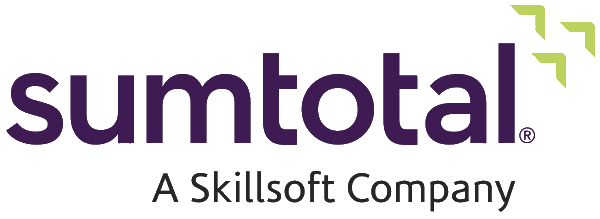Organizations suffer from disjointed HR processes and scattered employee information across silos of files, spreadsheets, and systems. Compounding this challenge, siloed software implementations (separate systems for recruiting, performance assessment, compensation, learning, core HR, absence management) often fragment data that enable more accurate reporting and improved decision-making.
A survey by Sierra-Cedar found that both data-driven and talent-driven organizations are more likely to adopt holistic HCM systems versus those that are less data- or talent-driven.1 “This shows…organizations leading in HR practices are looking at integrated HCM suites to help them drive these practices. It also supports evidence that talent-driven organizations are more effective, and that having an integrated end-to-end HCM technology suite enables this.2
Creating connections between systems allows for complete and accurate reporting and a whole view of each employee from their resume to their most current training certifications. Holistic HCM creates:
- Robust recruiting data. Capture resume information and integrate this within both employees’ talent profile and core HR once a candidate accepts a new position.
- Essential information at a glance. Each employee’s talent profile needs to show learning achievements, certifications and compliance as well as performance, 360 feedback and compensation. Integrating learning and talent strategies with workforce management communicates to employees that learning and development are central to their everyday experience. An integrated HCM system encourages constant learning and skills development and provides the resources and tools required to impact workers.
- Accurate performance assessment. Performance processes must include current learning and development completions and goals as well as development plans and assessment of skills and knowledge.
- Forward planning for pipeline development. “You may have the talent in place to meet your operational needs today, but what about tomorrow? Succession planning is a vital exercise to help your company determine critical roles, distinguish what skills will be needed to sustain them in the future, and then identify suitable candidates to develop to take over those positions.”3 Integrated HCM provides the long-term view required for succession planning.
- Support with scheduling. Rostering includes confirmation that an employee has the correct certifications and compliance before they are scheduled for a specific job or new position.
The benefits of holistic HCM systems are numerous. But what about the cost of migrating systems to holistic HCM?
25% of large organizations spend over 25% of their total HR technology budget on integration.4 When information is available in one place using one user interface, workers spend less time looking for what they need, managers spend less time collating data and IT groups spend less time building and maintaining costly integrations between systems.
The cost of integration - While initial costs to integrate systems may seem daunting, actual ROI numbers prove that short-term investment leads to long-term gains. After adopting a holistic HCM system, the New York City Department of Education posted an annual ROI of 279%. Based on the New York City Department of Education example, companies can expect $10.99 returned from every $1 spent.5
The cost of compliance - More than 200 labor laws change each year.6 The cost of manually updating systems and processes is high and leaves organizations open to errors in compliance.7 Leaving your organization open to error is costly: a Pizza Hut franchisee in Australia was recently fined a record $660,020 for underpaying staff almost $20,000.8
HCM systems that are integrated can help minimize compliance risks and ensure organizations are working in accordance with regulations and laws.
Disparate human capital management (HCM) systems make achieving strategic goals near impossible, but when organizations use one holistic platform, they can connect their people with their strategies while also realizing cost savings.
Learn more about the power of a holistic HCM system by joining SumTotal for a 60-minute webinar where you'll learn the true power of a fully integrated talent platform.
1 “CedarCrestone 2013–2014 HR Systems Survey HR Technologies, Deployment Approaches,Value, and Metrics.” Lexy Martin and Stacey Harris, CedarCrestone, 2014.
2 “Integrated HCM systems help HR create a competitive edge.” Luke Marson, TechTarget, July, 2016.
3 “Global Succession Planning: Building a Platform for Organizational Sustainability.” Human Capital Institute, May 4, 2016.
4 “CedarCrestone 2013–2014 HR Systems Survey HR Technologies, Deployment Approaches,Value, and Metrics.” Lexy Martin and Stacey Harris, CedarCrestone, 2014.
5 “Case Study: New York City Department of Education.” SumTotal, 2017.
6 United States Department of Labor website. Retrieved August, 2017.
7 “A Few Labor Regulations Mean Big Costs for Employers.” Sean Hackbarth, US Chamber of Commerce, September 16, 2016.
8 “Fair Work Ombudsman report reveals non-compliance in major fast-food franchise.” Fair Work Ombudsman, Australian Government, January 27, 2017.










